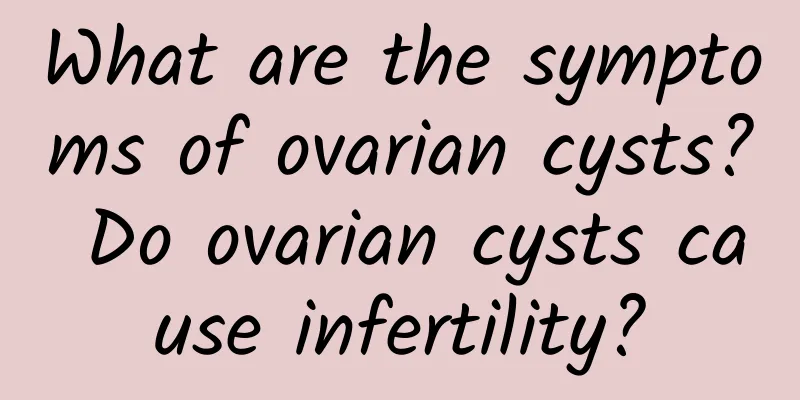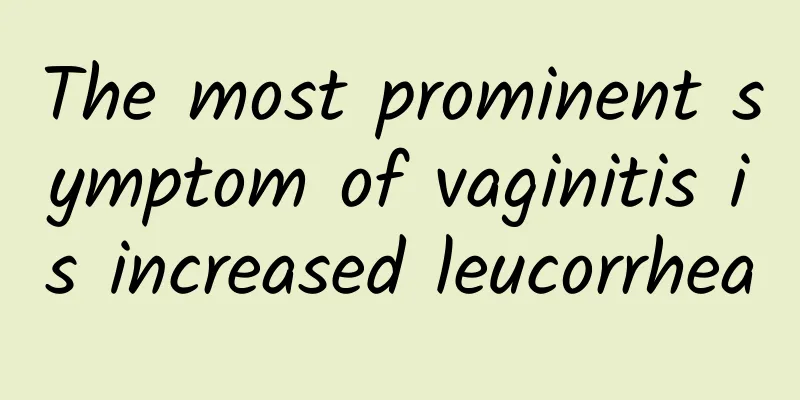What are the symptoms of pelvic inflammatory disease?

|
What are the symptoms of pelvic inflammatory disease? Due to the different scope of inflammation and severity of infection, the clinical manifestations of pelvic inflammatory disease are also varied. Usually, mild patients have no obvious discomfort symptoms and can only be discovered through gynecological examinations. Acute pelvic inflammatory disease patients often show symptoms such as high fever, lower abdominal pain, and abdominal distension. Chronic pelvic inflammatory disease has a long course and can be manifested as low fever, physical fatigue, lower abdominal pain, etc. 1. Acute pelvic inflammatory disease The symptoms of pelvic inflammatory disease are more obvious during the acute attack period, mostly manifested as high fever, severe lower abdominal pain, and a significant increase in the amount of vaginal discharge, which is purulent. In severe cases, chills, headaches, and loss of appetite may be seen. If the inflammation spreads to the peritoneum, obvious digestive tract symptoms such as abdominal distension, nausea, and vomiting will appear. If there is an abscess in the pelvis, it will stimulate the pelvic organs and may manifest as frequent urination and urgency. If the abscess is located in the back, rectal irritation symptoms may occur, manifested as urgency, diarrhea, or difficulty in defecation. 2. Chronic pelvic inflammatory disease If acute pelvic inflammatory disease cannot be completely cured, the course of the disease will become chronic, with the main manifestations of irregular menstruation, such as excessive or scanty menstruation or even amenorrhea; due to adhesions caused by pelvic inflammation, there may be varying degrees of increased leucorrhea and abdominal pain. If the uterine appendages are involved, a mass may be exposed, and long-term delays can easily lead to infertility. Chronic pelvic inflammatory disease has a long course of disease, and generally has no obvious systemic symptoms. Sometimes it is accompanied by persistent low fever, fatigue, night sweats, weight loss, etc. Some patients show menstrual fever, physical fatigue, and long-term severe physical exhaustion. Some patients are also accompanied by symptoms of mental weakness. Chronic pelvic inflammation can lead to pelvic blood circulation disorders, followed by pelvic blood stasis and menstrual disorders. If not treated in time or the disease recurs, it may involve the ovaries and fallopian tubes, leading to ovulation difficulties or adhesion blockage of the fallopian tube cavity, causing infertility and seriously endangering women's physical and mental health. |
<<: Can painless abortion cause ovarian cysts?
>>: What is uterine prolapse? How to avoid complications of uterine prolapse
Recommend
What are the symptoms of ovarian cysts?
In life, there are more and more patients with ov...
Do you know what are the complications of uterine fibroids?
Do you know what are the specific complications o...
What is the injection for preventing adenomyoma called? The injection for preventing the recurrence of adenomyoma
What is the injection for preventing adenomyoma c...
Uterine fibroids may be caused by sexual dysfunction
Uterine fibroids may be caused by sexual disorder...
Do you know what are the symptoms of ectopic pregnancy?
What are the symptoms of ectopic pregnancy? Sympt...
Can congenital absence of vagina be cured by taking medicine?
The principle of treating congenital absence of v...
The harm of dysmenorrhea: the disease behind dysmenorrhea
What are the hazards of dysmenorrhea? What are th...
What should women pay attention to when treating cervical erosion? Women with cervical erosion do not need excessive treatment
If you have symptoms, you should check them out; ...
Experts introduce common classification of cervical erosion
Clinically, different types of cervical erosion h...
How to treat mild cervical erosion in women? 5 treatment methods for mild cervical erosion
Treatment of simple cervical erosion 1. Ironing: ...
Symptoms of incomplete miscarriage after abortion
Nowadays, people live too openly. In order to get...
Understand the hazards of cervical erosion in women
In today's society, many women suffer from ce...
What is the cause of vulvar leukoplakia?
Many people have heard of vulvar leukoplakia and ...
Experts introduce surgical treatment methods for ectopic pregnancy
Surgery is the most effective method among many m...
What are the treatments for bacterial vaginosis? The last one must be done
Bacterial vaginitis is a type of female vaginitis...









